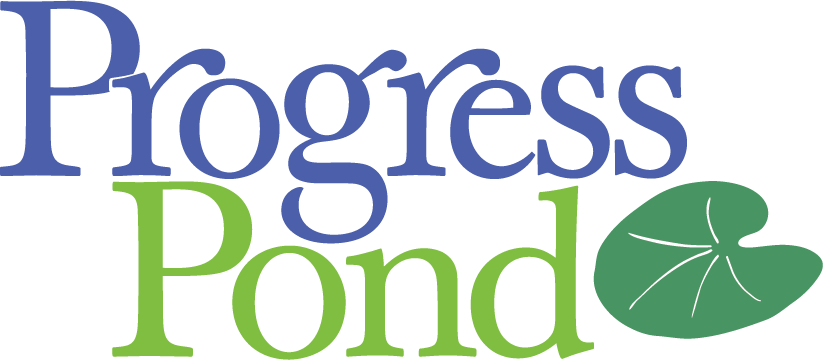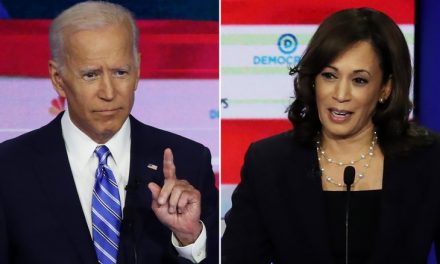Split Ticket took a careful look at the results of the recent elections in Wisconsin for Supreme Court and Superintendent of Public Instruction, both of which were won by the left. Their main takeaway is that the outcomes were more influenced by turnout differential than persuasion. In the higher profile Supreme Court race, they found that “roughly 70% of Susan Crawford’s win margin was attributable to changes in who was voting, rather than changes in how people voted.”
Of course, in such a closely divided state, Crawford would have won based on persuasion alone, but that is likely not true for the incumbent school superintendent Jill Underly. Her victory was seemingly dependent on an eight point partisan shift toward the Democrats in turnout between 2024, when Trump carried the state, and 2025.
This is one more data point establishing that things have fundamentally changed. The reason the Republican Party developed a strategy aimed at suppressing voter turnout in the first quarter of the 21st Century is because they believed that low propensity voters skewed heavily to the Democrats, and until Trump came along that was true. But it is no longer true for two primary reasons. The first is that Trump flipped a lot of traditionally Democratic, but low-propensity, white voters into the Republican camp. The second is that Trump forced a lot of traditionally independent or Republican, but high-propensity, white voters into the Democratic camp. The dividing line is driven more than anything else by educational attainment levels, but relatedly by income. The more education people have, the more engaged they tend to be in politics, and the more income people have, the more skin they have in the game. For both reasons, these folks traditionally show up at much higher rates in non-presidential and non-gubernatorial elections.
There’s one more factor, and it’s a very important one, that drives turnout. The party out of power is always more motivated than the party in power. The lower the stakes of the election, the more pronounced this advantage becomes, and we’ve seen the results time and time again. When the Republicans had the turnout advantage among low propensity voter and were also out of power in the White House, as was the case in 1994, 2010 and 2014, they absolutely trounced the Democrats in midterm elections. They probably would have in 1998, too, if not for voter dissatisfaction with their freakout over Monica Lewinsky. In 2002, the Democrats would have won big if not for the hangover from the 9/11 terrorist attacks. Those two elections were aberrations, and did not disprove the pattern.
The first election where the Democrats had the low propensity advantage and were out of power was 2018, and they had a very big midterm victory. We will see how this plays out in 2026 when the dynamics will be repeated.
Some voter suppression efforts are targeted in a way that can still help the GOP. Voter identification requirements that disproportionately disenfranchise students, minorities, and women who have taken their husbands’ names can cost the Democrats votes with groups that heavily favor them. However, more general efforts to make it harder to vote will now actually help the Democrats rather than the Republicans.
Will this make the Democrats less enthusiastic about protecting people’s access to the ballot? On the margins and over time, I suspect it will have some impact on the passion Democrats demonstrate for high turnout. But there will remain a cynicism differential between the two parties. You will not see the Democrats replace the Republicans as the drivers of voter suppression efforts even if they come to recognize that high turnout is bad for their prospects.
This will remain true as long as the Democrats are the part of the left, and for two reasons. The first is that the left will always seek to protect the franchise based on civil rights principles and the protection of historically disenfranchised groups, and this is especially true when the right is in the thrall of white supremacy. The second is because on issues of taxes and regulation, the rich and powerful will always be outnumbered. This is why right-wing populism can never rely on straightforward economic arguments. Sure, they can opportunistically attack high unemployment or inflation, but policies that benefit the few at the cost of the many are not naturally populist in any sense.
This is why Wall Street made common cause with religious conservatives and southern skeptics of federal power to form the modern conservative movement. The business titans needed raw numbers. This alliance is breaking down under Trump, as can be seen by widespread resistance to his proposals from his own base to Medicaid cuts or attacks on Medicaid and Social Security.
On these types of issues, high turnout will generally not favor the Republicans as long as they are drivers of decision making from the electorate. What this means is the Democrats can’t have their cake and eat it, too. Suppressing turnout could help them in certain cycles, but not reliably in the way it once helped the Republicans.
Put another way, unpopular and un-populist economic policies from the Trump administration have to potential to affect persuasion in ways that voter suppression would mute. This shows up an additional vulnerability for the GOP in the upcoming midterms. In addition to the Democrats having an advantage with high propensity voters and because their base is more highly motivated, the Republicans are also at risk of losing a portion of their base. This will probably take two forms, seen both in Trump voters staying home and in some flipping sides.
And then the last problem for the GOP is that Trump is so much more popular with the base than the party itself that the party never does as well when Trump isn’t on the ballot.
Of course, Trump’s base is stubbornly and famously loyal, and we are not yet seeing much sign of defections. But he’s playing with fire on issues like Medicaid where his base just does not support his policies. It really puts the GOP in a bind because they can’t really work their way out of this either by continuing or discontinuing voter suppression efforts.
To do well in the midterms, they need turnout to resemble a presidential year with a Democrat in the White House and Trump on the ballot. That’s a big enough hill to climb without overcoming their own efforts to make voting more difficult. But if their base also hates their economic policies, it could be a bloodbath.








One of the odd and hard lessons of the Trump years is the potential strength of incoherence. It’s an inconsistent strength, but I’m not sure that rational discourse or even appeals to self-interest have demonstrated more consistent strength.